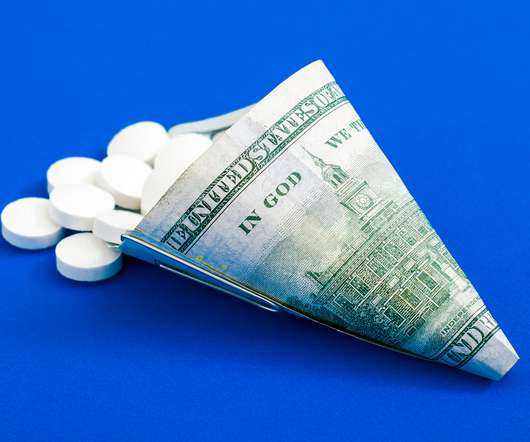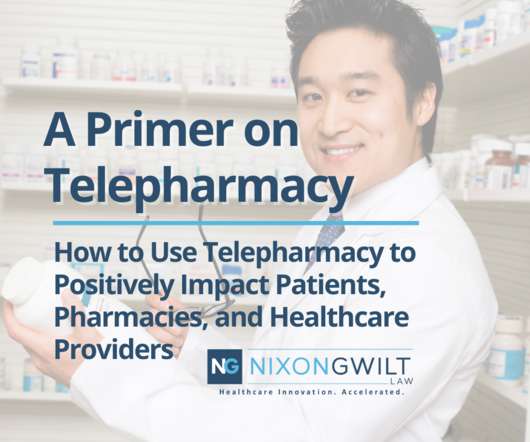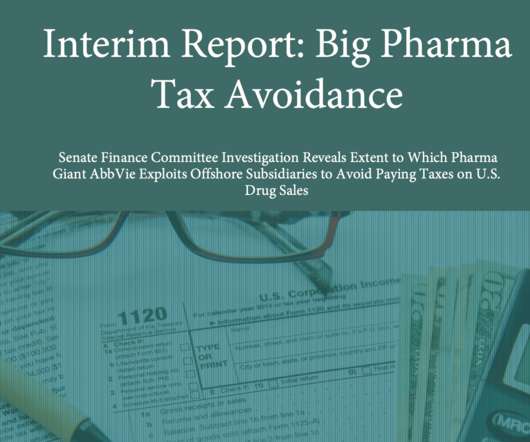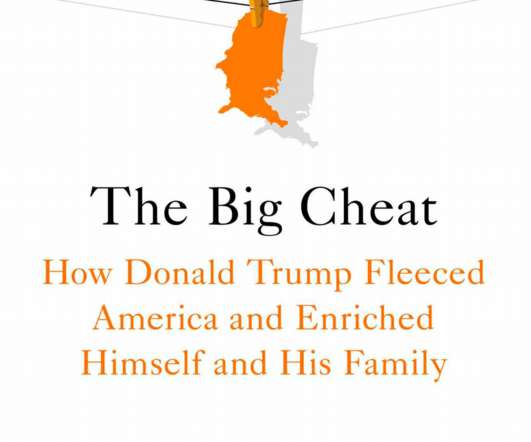Drug developers look at innovative mechanisms to tackle dry eye syndrome
Pharmaceutical Technology
SEPTEMBER 23, 2022
Dry eye syndrome (DES) is an indication whose mainstay treatment has been dominated by Allergan’s Restasis (cyclosporine ophthalmic emulsion 0.05%) ever since its launch in 2003 in the US. Current treatment options for DES are dominated by a mix of prescription and over-the-counter (OTC) products.













Let's personalize your content